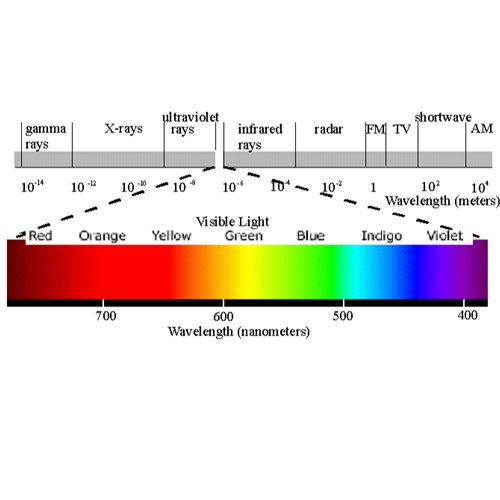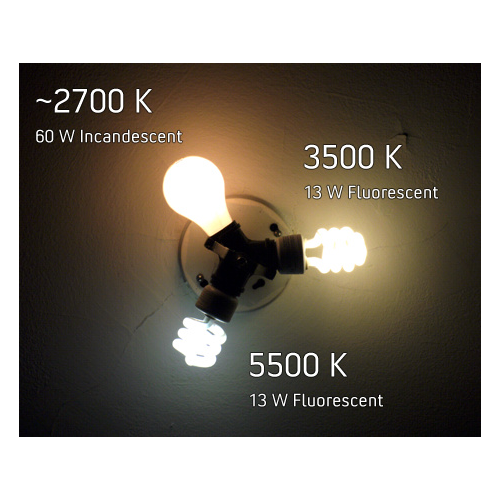Light's Effects On Us
Have you ever noticed how on a sunny day you generally feel happier, healthier, and more alert? It's no coincidence. Light, although we may not realize it, has a profound effect on our lives. For example, low level soft lighting feels intimate, cozy and relaxing whereas bright harsh lights are stimulating and active.
It makes perfect sense too. Everyone knows that, without question, we get vitamin D from the sun. But what else do we get? We know for a fact that light affects our pineal gland which regulates our body’s biological processes by setting our circadian rhythm. Light is used in the treatment of diseases such as psoriasis, herpes, and neonatal jaundice.
When light enters our eyes, it is picked up by photosensitive receptors and is converted into electro-chemical impulses which our brain processes and allows us to distinguish complex colors and shapes. Light directly affects our brains and therefore by extension affects the rest of our bodies. Our ability to excrete melatonin is inhibited by light. Light affects our pituitary gland, hypothalamus, hormonal system, and our nervous system as well. The pituitary gland makes endorphin and secrets nine hormones and is what regulates our growth, blood pressure, water levels, temperature, and our sex organ functions.
Wait. Light affects our sex organ functions? Yes, my friends, it most certainly does.
Spectrum, Wavelength, and other cool words
Now that we have covered the effects of light on the human body, it's time to talk about color. We all know that colors are associated with various emotions, that seeing a specific color can evoke an emotional response from us. However color is not just what we see, it's how light reacts with the things that we see. Color is also the type of light being emitted from various light sources. Basically the type of light present in whatever room you’re in not only affects you physically, but emotionally as well.
So first we'll list some colors and the moods associated with them.
Red: Anger, Excitement, Energy, Activity, red is the color of love.
Orange: Energy and Enthusiasm, not quite as angry as red.
Yellow: Cheerful, Attention Getter, can be overpowering and frustrating.
Blue: Calming, Depressing, Tranquil.
Green: Easy on the eyes, Refreshing, in between blue and yellow.
Purple: Luxury, Wealth, Feminine and Romantic.
Most of these emotions are associated with a color that is seen, such as a wall, a chair or some kind of decoration. However color is not just what we see, it's how light reacts with the things that we see. Color is also the type of light being emitted from various light sources. Basically the type of light present in whatever room you’re in not only affects you physically, but emotionally as well. I think that just as important as the color of the room is the color being emitted from whatever is lighting the room.
Before we move on here are some light sources and their color temperatures:
And a real life example of color temperatures:
These images and more can be found on Wikipedia here.
So is it really a coincidence that red, the color most often associated with love, is also the color of light present or being emitted from romantic light sources e.g. Candles, Campfires, Sunrise and Sunset?
Relating It All To Sex
So what is the best lighting for sex?
In my humble opinion it's not in a completely dark room under the covers. Especially during foreplay, when I'm fingering a girl, sometimes I like to be able to see what I'm doing. It makes it easier for me and hopefully more pleasurable for her. At least, I think multiple body shaking orgasms are pleasurable.
I think the best lighting is dimmed lights that err toward the orange/reddish end of the spectrum are best. A very low wattage incandescent light, candles, or maybe a fire in a fireplace would be ideal. They’re just enough that you can see what you’re doing, but not so much that it feels harsh and uninviting.
I hope this has proved informational and interesting.
Yours Truly,
Kevin


